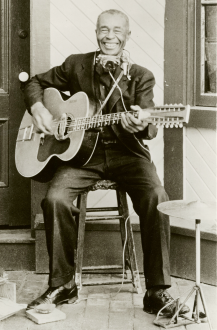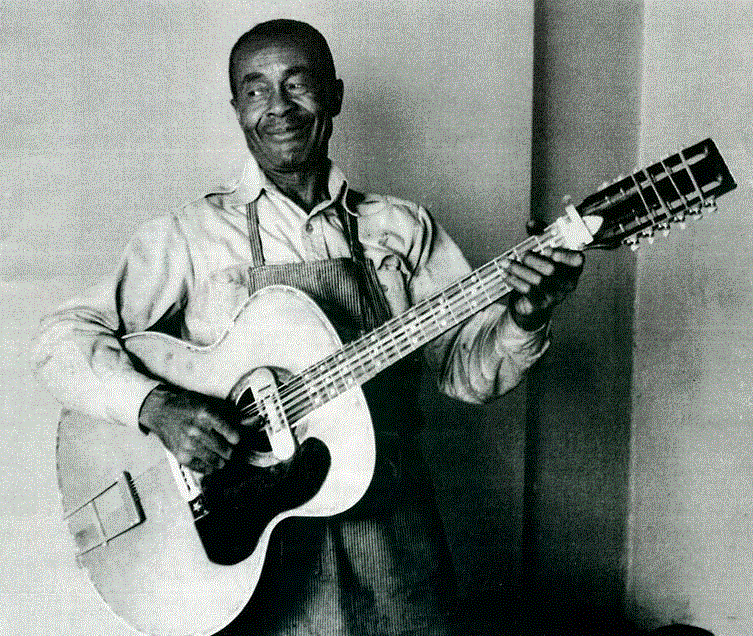Jesse Fuller was an influential American blues musician, known for his remarkable one-man band performances. Born on March 12, 1896, in Jonesboro, Georgia, Fuller’s life journey was filled with hardship and struggle, but his dedication to music allowed him to overcome challenges and create a lasting impact on the world of blues.
Early Life
Fuller’s early years were shaped by the realities of being an African American in the post-Reconstruction South. Orphaned at a young age, he spent much of his youth working various jobs in difficult conditions, including sharecropping and manual labor. His exposure to music came early, but his career as a musician was slow to develop due to the need to support himself through more immediate means of work.
In his early twenties, Fuller moved to California to find better opportunities. He worked as a laborer for many years, including stints with the Southern Pacific Railroad and as a shipyard worker in the Bay Area. Despite these hardships, Fuller’s love for music persisted, and he played the guitar in his spare time, teaching himself to play a variety of instruments.
Musical Career and the One-Man Band
Jesse Fuller’s break into the music world didn’t come until much later in life. By the time he was in his fifties, Fuller began performing music professionally, developing his unique sound and style. Unable to afford a full band, Fuller innovated his own one-man band setup. His ingenuity and passion led him to invent the “fotdella”, a foot-operated bass instrument that became an integral part of his act. Along with the fotdella, Fuller simultaneously played guitar, harmonica, kazoo, and cymbals.
This distinctive sound set Fuller apart from other musicians and gained him a loyal following. Fuller’s live performances were mesmerizing, as he managed to produce a full-band experience all on his own. His music blended country blues, folk, and ragtime, all carried by his deep, emotive voice and rich storytelling.
Notable Songs and Recordings
One of Jesse Fuller’s most famous songs is “San Francisco Bay Blues”, written in 1954. This song became a blues standard, covered by artists such as Bob Dylan, Eric Clapton, and Janis Joplin, further cementing Fuller’s place in music history. “San Francisco Bay Blues” encapsulates Fuller’s skill at creating vivid imagery through simple yet heartfelt lyrics, as well as his ability to evoke deep emotions with his music.
Other notable songs include “Beat It on Down the Line,” “The Monkey and the Engineer,” and “Black Cat Rag.” His discography, though not extensive, is a treasure trove of traditional blues music infused with his unique approach.
Legacy and Influence
Although Jesse Fuller did not achieve mainstream stardom during his lifetime, his influence on the blues and folk music scenes was significant. He inspired a generation of musicians in the 1960s during the folk revival, with many artists admiring his authenticity and innovative spirit. Fuller performed in the United States and Europe, where his unique talents were widely appreciated.
Today, Fuller is celebrated not only for his contributions to blues music but also for his incredible perseverance in the face of adversity. His innovative one-man band setup, particularly the creation of the fotdella, is a testament to his resourcefulness and creativity. Jesse Fuller remains an important figure in American music history, a man whose passion for music allowed him to rise above difficult circumstances and create art that continues to inspire musicians and audiences alike.
Death
Jesse Fuller passed away on January 29, 1976, in Oakland, California, at the age of 79. His legacy lives on through his recordings and the many artists who have drawn inspiration from his music.
Whether you’re new to the blues or a longtime fan, Jesse Fuller’s story is a testament to the power of determination and creativity. He remains a beloved figure in American music, known for his unique approach to blues and his incredible contribution to the genre.


No responses yet